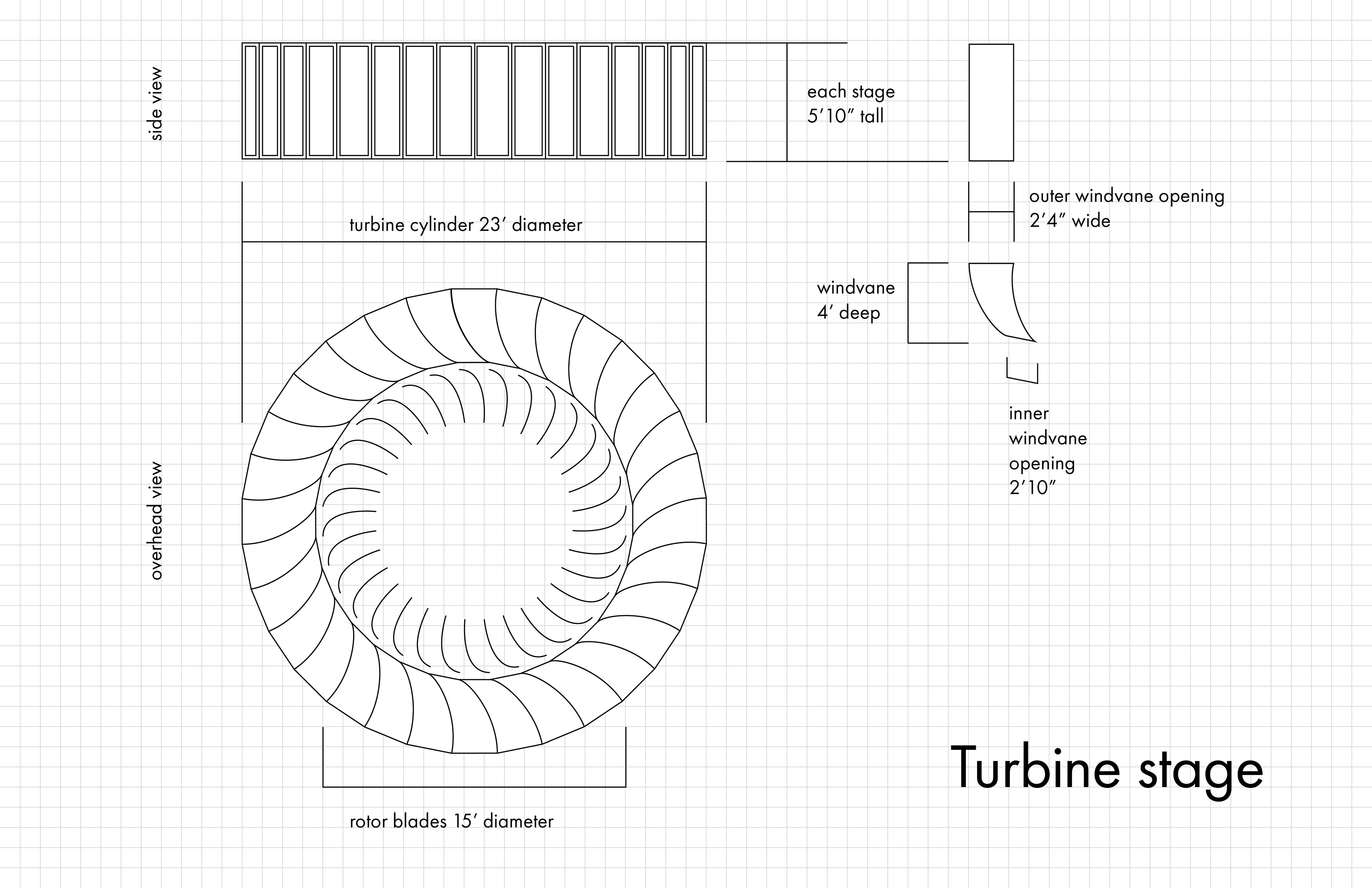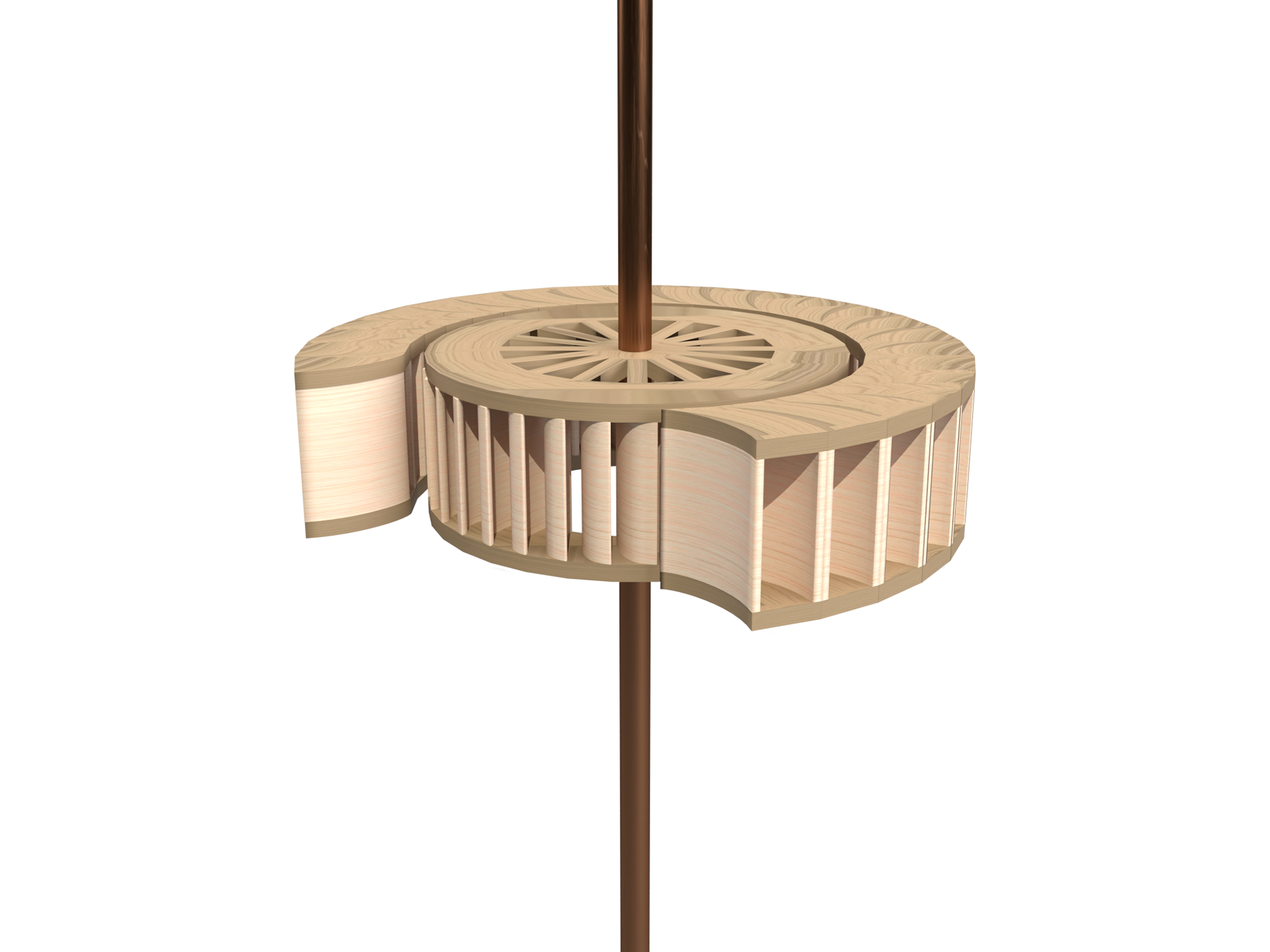From 2023 to 2024, I worked as a Research Fellow for Historic New England studying the history of technology at the Eustis Estate in Milton, MA. The product of that fellowship was a 146-page book, Wind Power at the Eustis Estate: The History of a Unique Technology at the Turn of the Twentieth Century (Milton: Historic New England Study Center, 2024). This book outlines the largely forgotten history of late-nineteenth century wind energy at the Eustis Estate and across America.
The patriarch of the Eustis family, William Ellery Channing (WEC), built his family's estate with many novel innovations for the late-nineteenth century, including several generations of an electric generating wind turbine. WEC electrified one room at the estate with a store-bought turbine system in1894, and in1896 began experimenting with his own designs inspired by steam turbines of the1890s. By1902 he had perfected a system that electrified the entire estate. His design for a vertical-axis wind turbine was so unique as to be inscrutable: upon seeing a photograph of the final machine, a giant wooden cylinder with a conical roof atop a steel tower, visitors to the Eustis Estate Museum often think they are looking at a water tower. The turbine was unfortunately dismantled in 1938, leaving only the stone powerhouse, a smattering of local press, and a few photographs in the family albums as proof of its existence. No drawings or diagrams survive to give us a clue of what went on inside this wooden cylinder.
In studying the largely untold history of wind energy in the nineteenth century, I discovered the comparative novelty of WEC’s designs. As a visual thinker, I began drawing diagrams of his turbine based on its contemporary accounts for my own understanding. What started as visual curiosity became an intense interdisciplinary exercise as I filtered historic and technical readings through my training as a draftsman and sculptor to produce a scale model of this machine. The process of reverse-engineering the turbine became an important means of understanding it, forcing me to consider how all the components had to work together. It also required me to read broadly, incorporating historic articles, correspondence from the Eustis family archives, and patents from other nineteenth century technologies to piece together the turbine’s function.
3D model of the Eustis Wind Turbine by 1902.

Scale elevation of the final turbine design, 1902

Scale cross sections of the stator and wind vane

Timeline of the various stages of the Eustis turbine, 1896-1902.

Diagram of the electric generation and water pumping arrangement between the Eustis wind turbine and the main house by 1902.

precise windvane geometry

arrangement of the rotor and stator

overhead cross section of the rotor and stator
You can read more about my findings in my book, Wind Power at the Eustis Estate, available at the Eustis Estate Museum gift shop.
You can also read more in my article "Reconstructing the Eustis Wind Turbine" in the Historic New England Magazine, vol. 26, no. 1, April, 2025.

Wind Power at the Eustis Estate, available for purchase at the Eustis Estate Museum gift shop.

Wind Power at the Eustis Estate, available for purchase at the Eustis Estate Museum gift shop.

Wind Power at the Eustis Estate, available for purchase at the Eustis Estate Museum gift shop.
